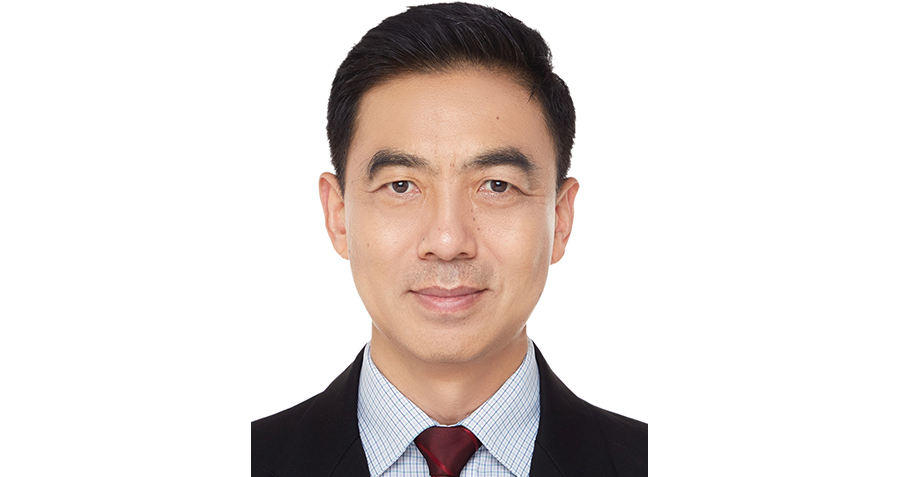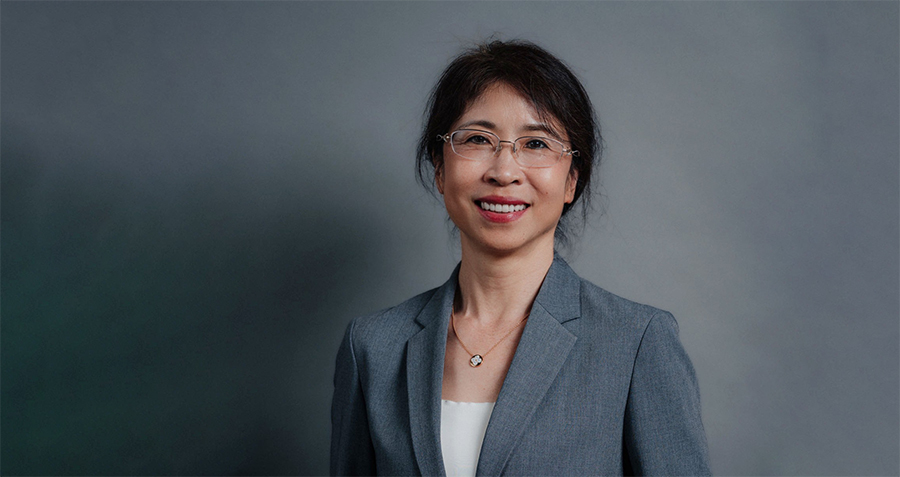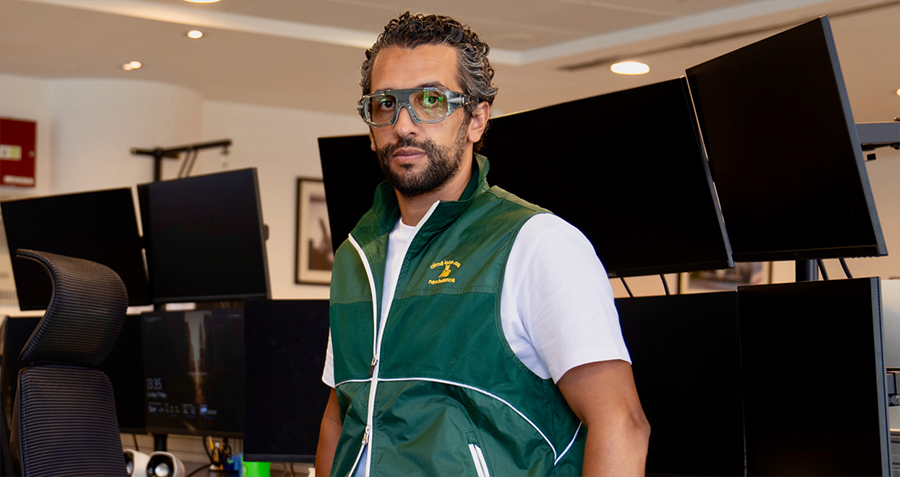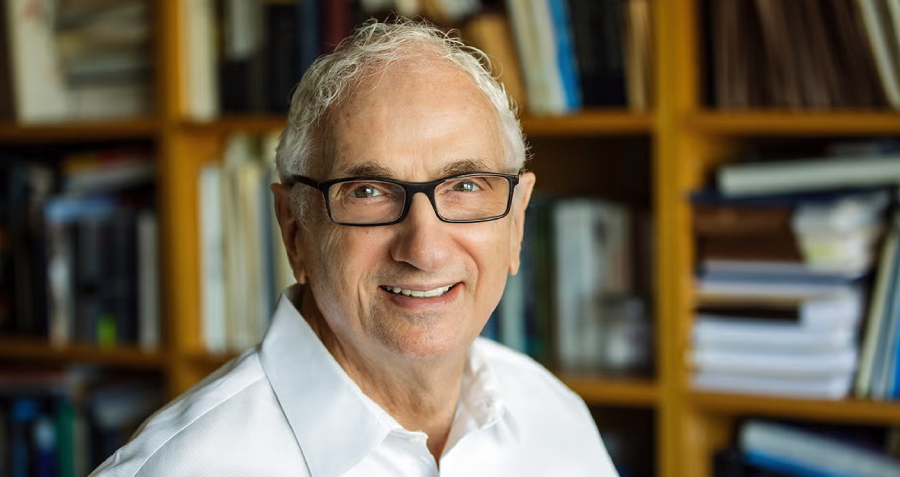The impact of the COVID-19 pandemic and geopolitical issues had a noticeable effect on private equity (PE) investment in 2023. While there were many positives in the market, there is room for greater recovery across a number of sectors and global markets.
In this interview, Managing Director and Head of China at private equity investment firm Eurazeo, David Yang, discusses the considerations for making investments, the different factors affecting the global PE investment market and the need for internationalization for businesses anywhere to succeed.
Q. Can you give a quick overview of the global PE investment environment?
A. In general, the US, Europe and APAC markets follow similar trends but remain quite different. We just wrapped up 2023, which has been a very interesting year for most of us in this industry. From a purely investment-focused perspective, it wasn’t too bad a year, but there was certainly an impact on the fundraising side, particularly due to the persistent interest rate hiking which made lending more difficult. It is quite a shift from a few years ago when there was a frenzy of dealmaking, and the private equity market has been impacted.
Despite not being the best year in PE history, some of the bonds performed well while others performed worse than desired. In general, it has been a pretty challenging year for Europe, and the APAC markets, both because of the things I mentioned, but also geopolitics is playing an important role. People are much more cautious about doing cross-border deals, which understandably has quite a big impact on big global funds.
Q. What are your main strategies when looking to make an investment?
A. We have around €35 billion under management, so we utilize various investment strategies. Our flagship fund strategy is focused on mid-large buyouts. We take control, or sometimes co-control, of the investment target, work with them for a few years and then exit. Another strategy is Eurazeo PME, a small- and medium- buyout fund, also taking controlling stakes in investment targets. Having said that, we have multiple other investment strategies ranging from venture, growth, ESG, infrastructure, private debt, etc.
For those strategies, of course their names imply what many of them do. Some of them focus on early-stage companies and take a small stake here or there and then work with the founders, and some work with companies at a growth stage, taking 20-30% and help push them to the next level. For private debt or secondary investment, the strategies are totally different. And in terms of a breakdown, around 75% of our assets under management (AUM) is in the private equity section and 20% of the overall is in private debt.
Q. What is your go-to exit strategy and to what degree have you been successful with different entities?
A. When we talk about PE markets, people often first think of a few of the major names such as KKR and Blackstone, that mostly do deals involving large-cap companies, with assets of $2 to $5 billion or even upwards, and eventually taking those giant companies private. After this, they then mostly end up going back through the stock market and exiting after the IPO, with the expectation of an extraordinary return. However, those kind of returns no longer always exist. Sometimes they’ll keep the companies private for a varying period of time, but their end game is likely the public markets.
But for us, we’re more focused on mid-cap businesses, with flagship investments likely to look at the middle or upper-mid markets, and this means the use of a different strategy. We are working with smaller companies that have a lot of room to grow, and this makes it much easier to identify buyers beyond the IPO markets, which also provides us with many more strategic angles to play through. And by working with smaller companies, you require a lot of relationship-building, taking insider seats and growing with the entrepreneurs and developing a level of trust, which in turn can create a lot of arbitrage opportunities.
Whereas when you are working with large companies, everyone knows who they are which affects the bidding process, leverage and valuations, among other things. But for mid-cap, we have significantly more leverage and many more resources to work with, particularly from our own balance sheet, with the sizeable AUM, which has allowed us to build a global team. The global footprint allows us to open eyes to the companies we work with which may well have been focused on their home market up until that point, giving them potential opportunities around the world that they may not have thought of.
So the globalization angle is a pretty good strategy for developing these companies, equipping them with all the tools they need to expand, whether that be digitalization, HR management resources or financial analysis, resulting in a growth in value three, five or seven years down the line. But this is also why we focus on taking control of the company in the first place, as it allows us to properly utilize the resources at our disposal, because if you have to consistently fight with shareholders or a controlling entrepreneur then this becomes significantly more difficult.
Q. What do you look for in a prospective investment target?
A. Most of our investments are tech-related in some way. We try to stay away from following the herd. In China, three to five years ago, many firms were fighting over new F&B companies that they thought could grow from 10 stores to 1,000 stores off the back of rising incomes and the large population. But many of these turned out to be disasters, and the many popular food and fashion brands that have closed their doors and have fallen out of favor exemplifies this. The other thing we don’t pursue are businesses that we don’t understand, for example biotech, which requires intensive and extensive PhD-level understanding.
An example of something we have focused on is MedTech, which requires strong R&D understanding, but is generally something that is easier to comprehend, model out and you can work with entrepreneurs and hospitals to gain such an understanding. Another area is tech-enabled services, which is often B2B and proved its resilience during the COVID downturn.
Another important investment principle is having an understanding of potential future buyers when the investment is being made. IPOs is an easily understood market, but they can be hard to implement due to rigorous regulatory requirements, shifting financial performance markets and also geopolitical issues, all of which have hampered IPOs in recent years.
In that we look at mid-cap companies, we have bigger investment firms between us and the IPO stage, who want to buy companies with higher valuations. There is also another very important group of players who are the strategic buyers looking to purchase companies that closely relate to their own business. The benefits of the strategic buyer tend to be better multiples, better synergy and much smoother transaction processes because you don’t have to go through so much scrutiny, compared to an IPO.
Q. To what degree is there a difference in approach to analyzing a Chinese company versus a non-Chinese company as a potential investment?
A. There are, of course, idiosyncrasies that we have to bear in mind when we’re making an analysis. I think for us, with the European companies we target we’re more focused on the technology and whether they are planning to expand globally. But with Chinese companies we will pay more attention to how they have built up their team, how sustainable and stable their teams are. We have to bear in mind that monetary policies across the globe vary significantly and are sometimes moving in opposite directions. This requires a high level of management skills within the teams and an understanding of how to navigate and avoid credit crunches in different environments.
China has experienced very rapid growth in the past 30 to 40 years and there is potential that some Chinese entrepreneurs are more eager to see faster expansion, compared to their counterparts across the world, rather than spending more time to do R&D or fine-tuning their technology. While at the other end, the European counterparts are more conservative, there is a different approach and everything is taken step-by-step. So this is where we have to strike a balance, and I would be hesitant to say that either approach is good or bad.
Q. How would you say the trends in internationalization of Chinese companies and the entry into the Chinese market by foreign companies has changed in recent years?
A. The trends for both Chinese companies going abroad and foreign firms coming in, has slowed down quite a bit. COVID-restricted travel and geopolitical sensitivities are relevant factors. Some sectors have been impacted more than others, but in general I think the overall trend of internationalization will continue as globalization is something that will never realistically be stopped.
At the end of the day, if there is a free market, those entrepreneurs that want to be successful will seek ways to expand, and cross-border expansion is a must. This has been proven in recent years by companies like CATL or Huawei etc.
Together with our strategic partners, we recently held a China-France entrepreneurial summit in Paris. We didn’t have huge expectations given the cloud of COVID which was still around and all of the geopolitical issues present, but the results of the face-to-face exchanges between business leaders from both sides really cemented the idea that, especially in areas such as new energy and EVs, there is still a bright future for cross-border business.
Q. Where does your optimism lie in terms of the future of PE investment?
A. Setting China aside, there is some speculation of rate cuts, which, jointly with other factors, could create a better environment for financing, compared to 2023. This could create an economic model where deal transactions would be more viable. Also, given the dissipating of COVID, hopefully international travel will continue to get easier, which should, in turn, boost the recovery of a lot of businesses and sectors. I have to admit that in 2023, the recovery wasn’t as fast as some people thought it might be, but in 2024 I think things will gradually improve.
Interview by Patrick Body




















